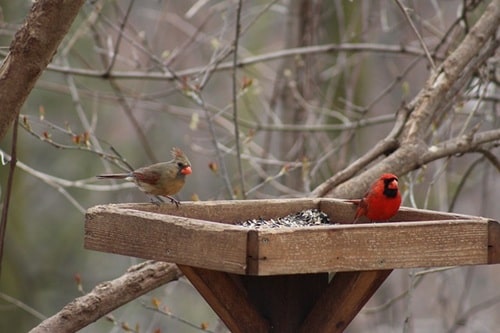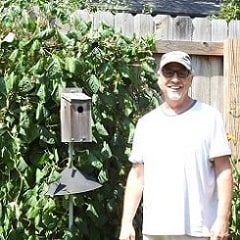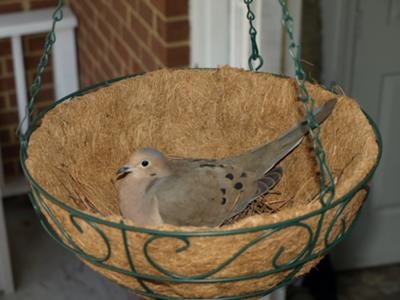Northern Cardinal Bird Calls: What They Mean and How to Identify Them
Truth is, they actually sing all year round, but it's the spring territorial and mating call you'll hear the most. There are others, though. Let's explore them and their meanings.
The Cardinal Signature Song - Mating and Territorial
The primary call of the Northern Cardinal is a loud, clear whistling tune that varies in length and pattern but often follows a distinct rhythm. Both males and females sing, though males are more frequent vocalists. The most common song patterns include:
Male Cardinal Announcing Territory
- "Cheer-cheer-cheer" or "Birdie-birdie-birdie" - A strong, whistling song used to establish territory and attract mates.
- "What-cheer, what-cheer, wheet-wheet-wheet" - A variation of the above, often with a mix of rising and falling notes.
Each cardinal has its own unique version of these phrases, and individuals can recognize each other by their distinct songs.
Alarm Calls: Warning of Danger
Cardinals are highly alert birds and use sharp, distinct calls to warn their mates and other birds of potential threats. The two most common alarm calls include:
Alarm - Warning
The Short, Sharp "Chip" Call: A single, high-pitched "chip" sound that cardinals repeat quickly when they sense danger. The faster the repetition, the closer or more urgent the threat.
The High-Pitched "Seet" Call: A thin, whispery "seet" sound, often given when a predator is flying overhead, such as a hawk or owl.
Contact Calls: Keeping in Touch

A Pair Feeds Together
Contact With Each Other (pairs)
Cardinals use soft, repetitive chip notes to stay in touch with their mate and family members. These calls are more relaxed and spaced apart, unlike the rapid "chip" of an alarm call.
One thing I've witnessed while filming cardinals while they nest is that the male will feed the female. Sometime he feeds her at the nest site.
However, it was interesting to note that when the male didn't feed here at the nest, she would hear his call, leave the nest, and they would always meet at the same location.
Juvenile Cardinal Begging Calls

Fledgling Begs for Food From Male
Juvenile Begging
Young cardinals, still dependent on their parents for food after leaving the nest, produce a distinct high-pitched, buzzy begging call that sounds like a faint "zeee-zeee-zeee." The intensity of the begging call increases when the parent arrives with food.
Duet Singing: Strengthening Pair Bonds
Duet, Listen Close
One of the unique aspects of cardinal vocal behavior is the duet singing between mates. While males sing to establish territory, females often sing back, sometimes from inside the nest.
Recording this call can be challenging since the birds are often far apart or singing almost simultaneously.
Regional and Individual Variations
While the basic patterns of cardinal songs are consistent across their range, individuals develop their own unique versions, and some regional differences exist. Cardinals learn their songs from older birds, leading to slight dialects in different parts of North America.
Recognizing Cardinals by Sound
Once you become familiar with their calls, cardinals are one of the easiest birds to identify by ear. The clear, whistling notes, sharp "chip" alarms, and constant presence of their songs make them stand out.
If you hear a loud, ringing "cheer-cheer-cheer" on a crisp morning, chances are a cardinal is nearby, staking its claim and filling the air with its song.






